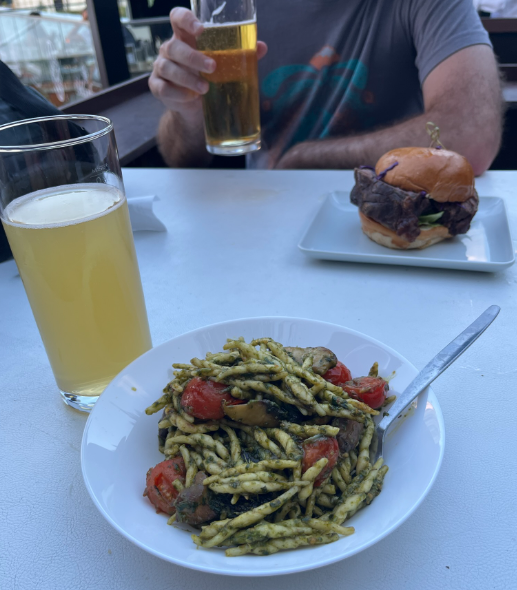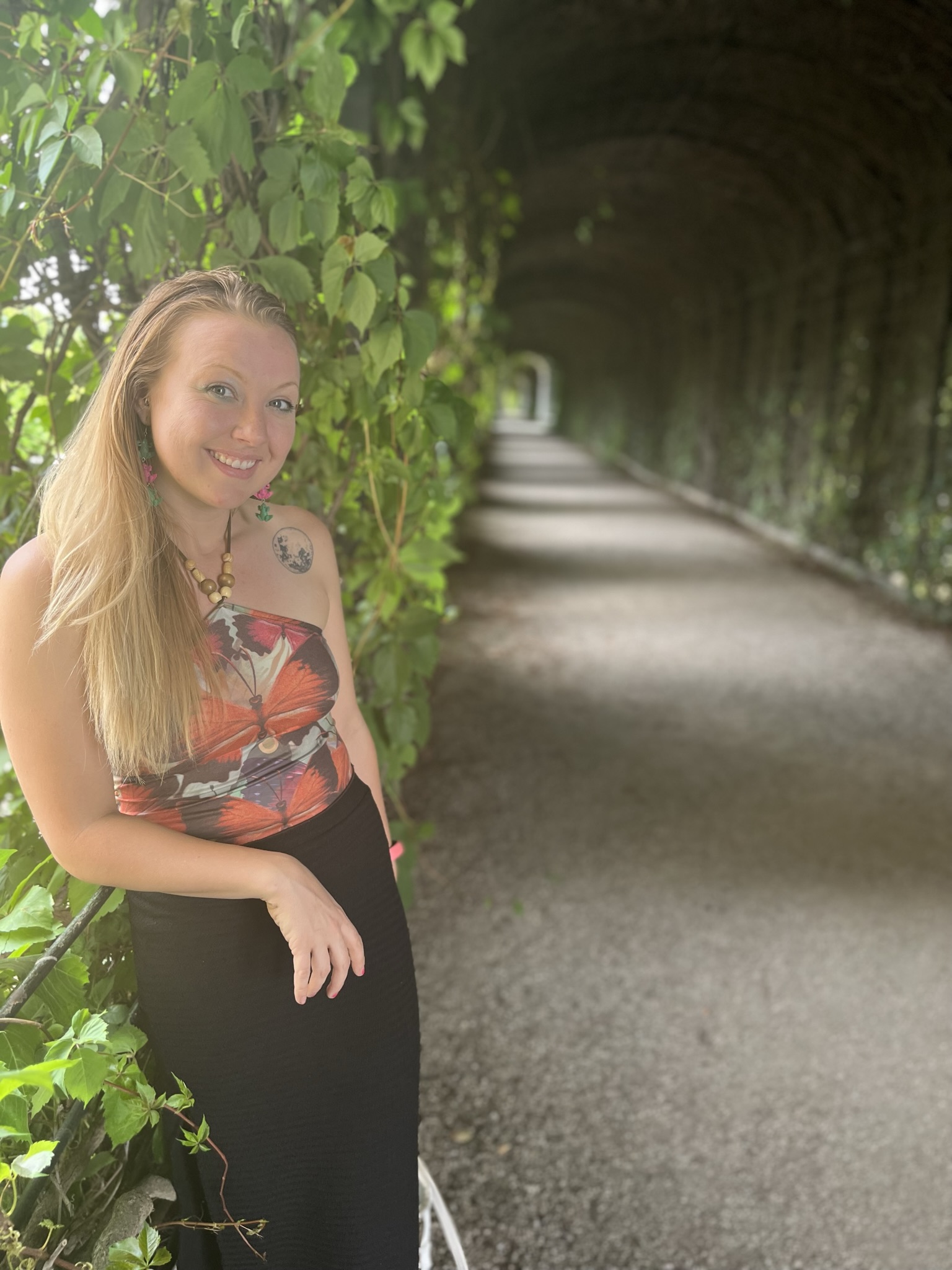Over the summer I went to Europe for the first time…
I made a youtube video about my trip, do Pilates with me and here about my trip…
Vienna, Austria’s capital, lies in the country’s east on the Danube River. Its artistic and intellectual legacy was shaped by residents including Mozart, Beethoven and Sigmund Freud. The city is also known for its Imperial palaces, including Schönbrunn, the Habsburgs’ summer residence. In the MuseumsQuartier district, historic and contemporary buildings display works by Egon Schiele, Gustav Klimt and other artists.

Schönbrunn Palace was the main summer residence of the Habsburg rulers, located in Hietzing, Vienna. The name Schönbrunn has its roots in an artesian well from which water was consumed by the court.
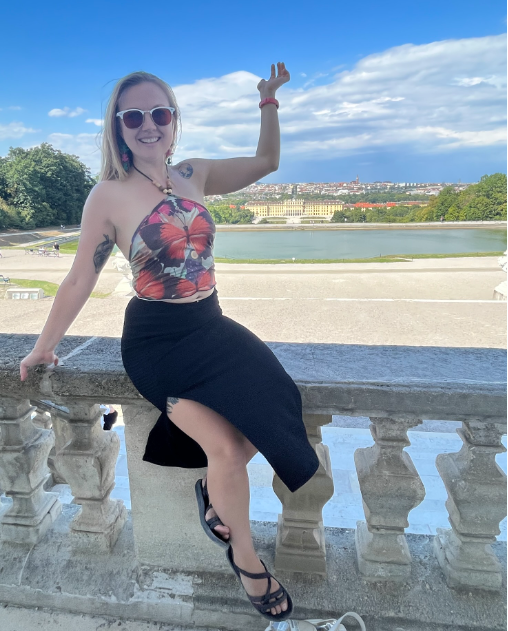

The imperial owners of Schönbrunn liked to tick the boxes on summer palace requirements. Overdo the number of rooms, put in gorgeous gardens, lay down some Roman Ruins, throw in a fountain or five, and install a maze.
(Editor’s note: technically, mazes and labyrinths are different things. I’m not sure which is which at Schönbrunn, not that it really matters. So I’m just going to talk about mazes.)
Those mazes of the past served as landscape features and a place for a gentle stroll, with tall hedges offering a degree of privacy.
Imagine the whispered conversations that took place within…courtly machinations and hints of treachery. Or maybe they just tittered over the Empress’s taste in wigs.
Schönbrunn got its first mazes around 1720 and one even played a role in a song mentioned in an 1860 magazine, where a wife plays tricks on her husband (my rough translation of the relevant excerpt):
They went out with my cousin in the early morning
Into Schönbrunn and the menagerie
And mother explained everything to him
Then led my cousin into the maze
Once inside, they lost my father
And so my mother made a fool of my father
(Exit the mother in the arms of the good-looking cousin. It all sounds much better in German, believe me.)
The historical mazes more or less disappeared with time, neglect, and the cruel hand of history. Then in the late 1990s, a brand-new maze complex opened up.
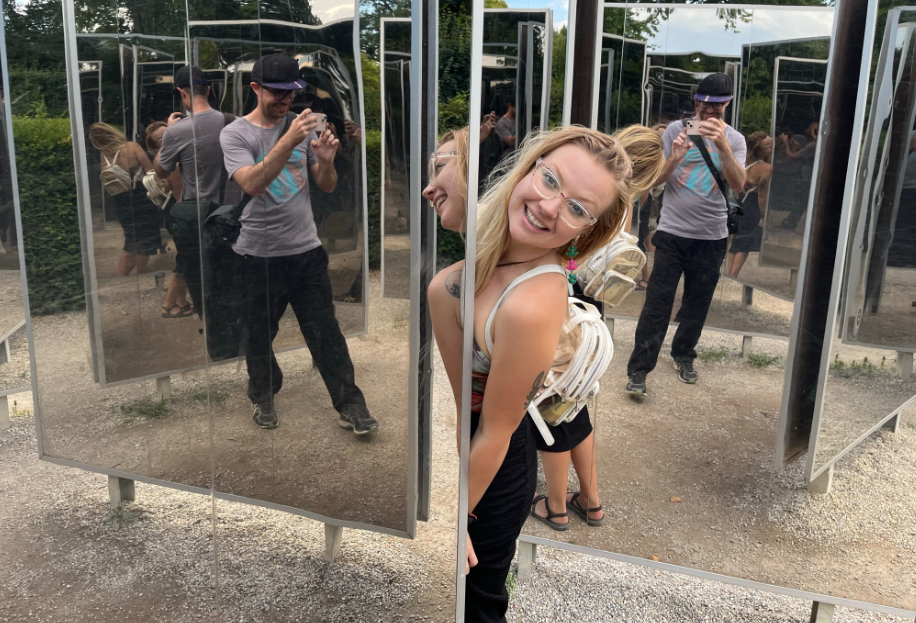
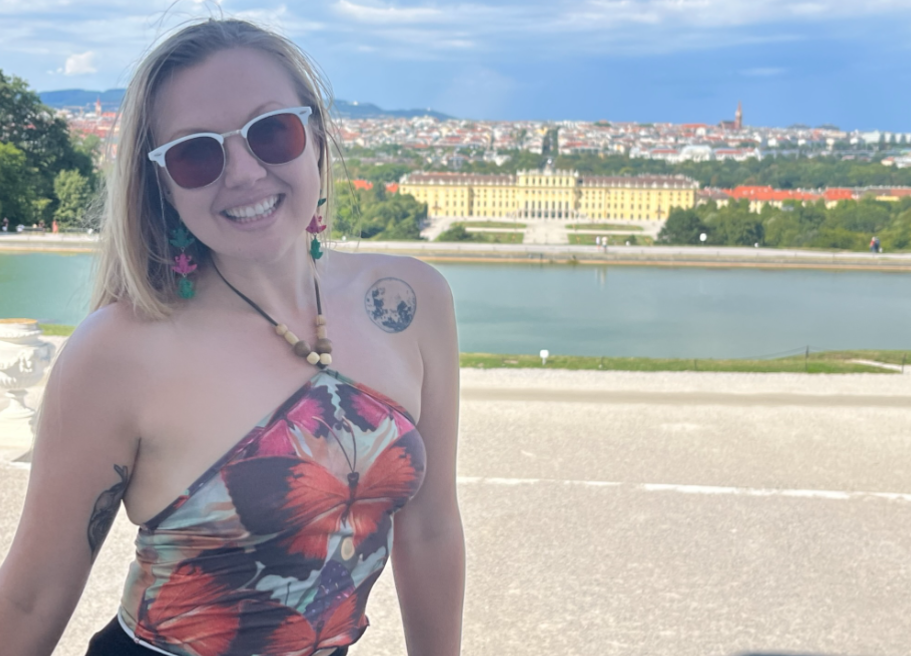
Vienna has a long tradition on people centered urban planning that aims to improve well-being of its citizens.
Over the course of the 19th century, Vienna became transformed from a walled city to a planned urban capital. There was really no choice: Between 1800 and 1850 the city’s population doubled, and by 1910, had increased nine-fold. Vienna needed to redefine itself.
One of the first moves, in 1857, was to tear down the old city walls and military embankments to build the broad, tree-lined Ringstrasse, providing space for public parks and palaces for the wealthy, for theater, opera, houses of government and the finest hotels. It was a pastiche of different building styles – from the neo-Gothic Rathaus, Hellenic style Parliament, French Gothic Votivkirche, Italian Renaissance for one of the oldest universities in Europe alongside Otto Wagner’s graceful Jugendstil modernism. The Ring not only added character but also a space for the entertainment and recreation of the whole city.
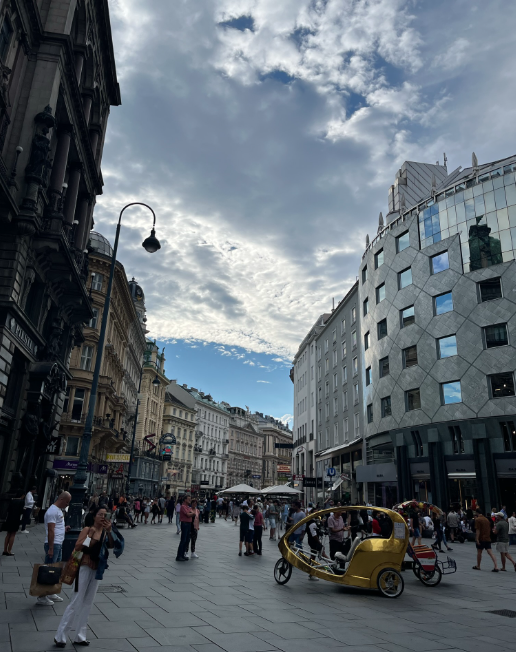
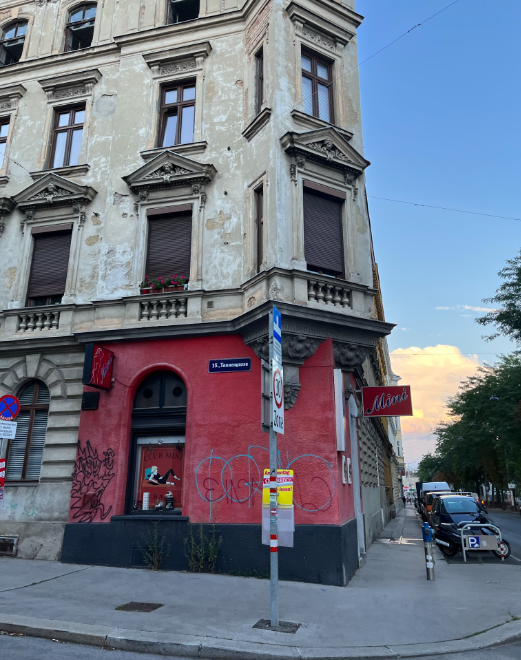
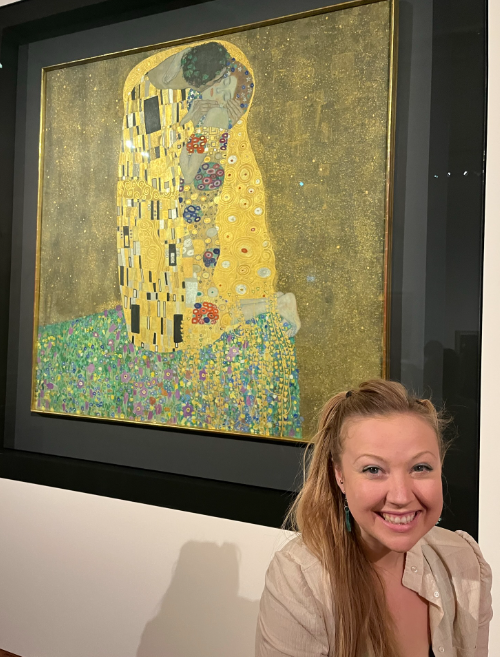
We saw so much Art in Vienna, this is one of my most favorite paintings
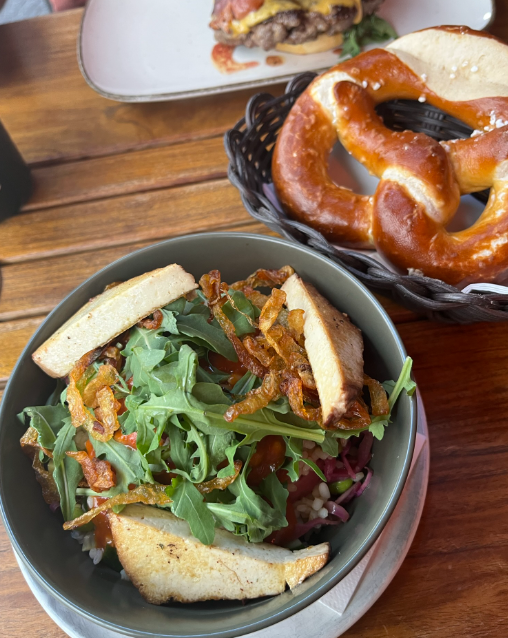
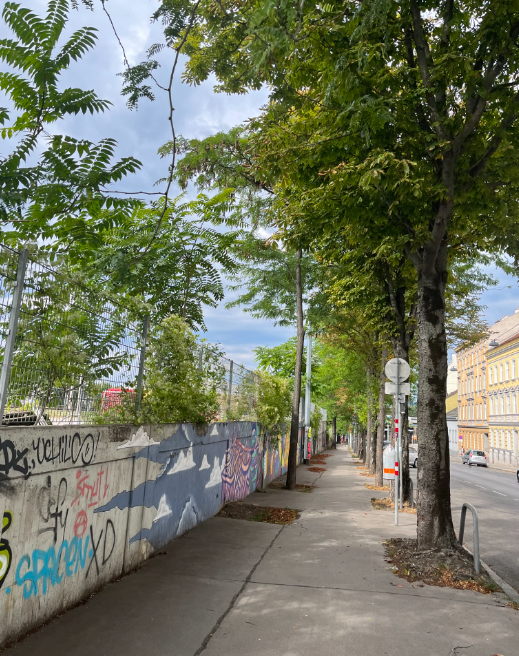
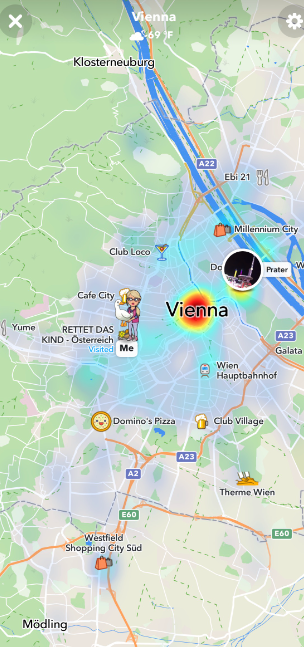
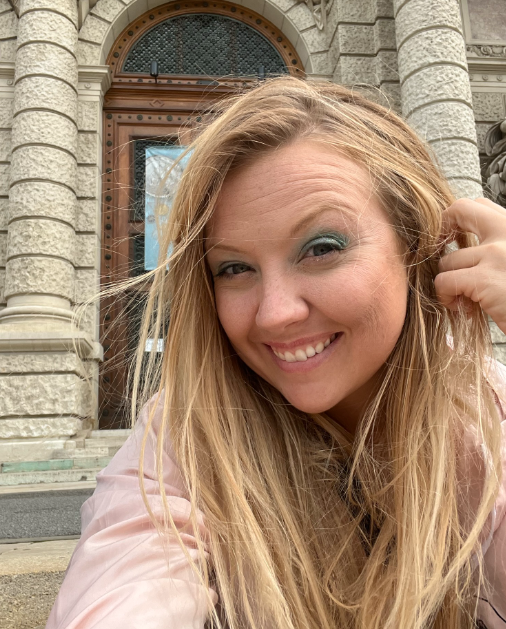
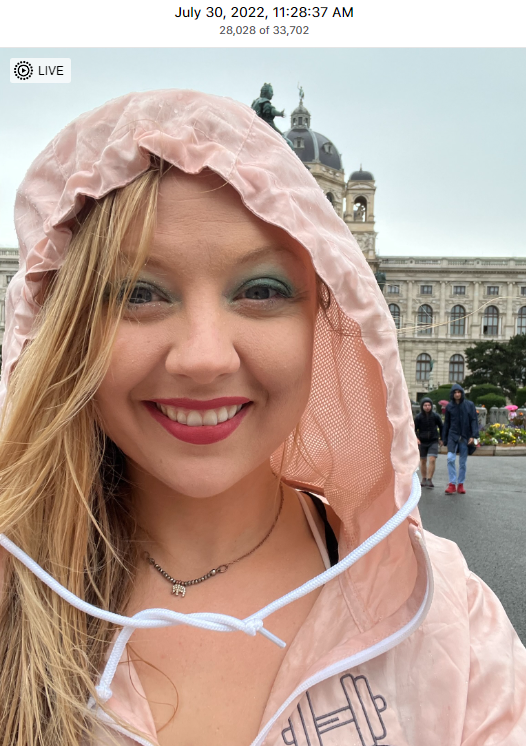
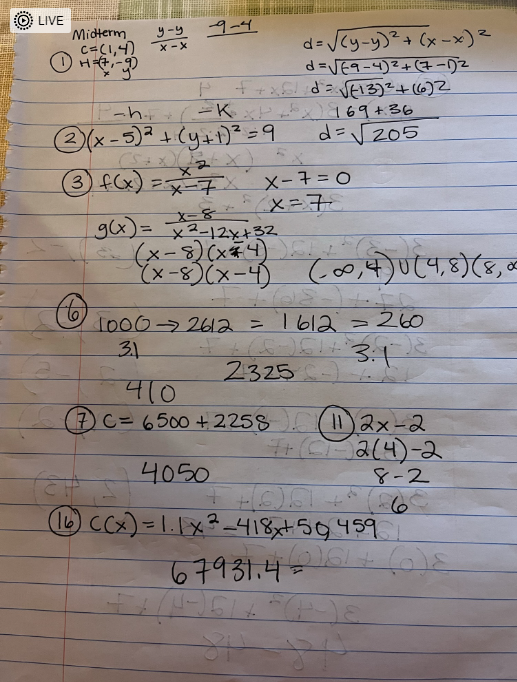
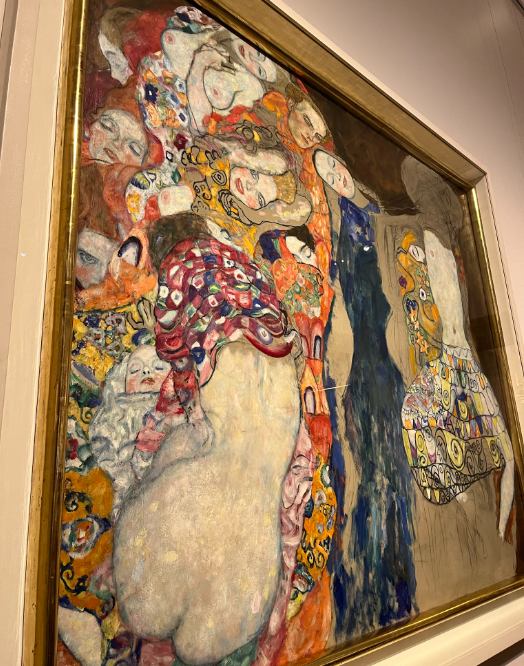
Gustav Klimt was an Austrian symbolist painter and one of the most prominent members of the Vienna Secession movement. Klimt is noted for his paintings, murals, sketches, and other objets d’art. Klimt’s primary subject was the female body, and his works are marked by a frank eroticism.
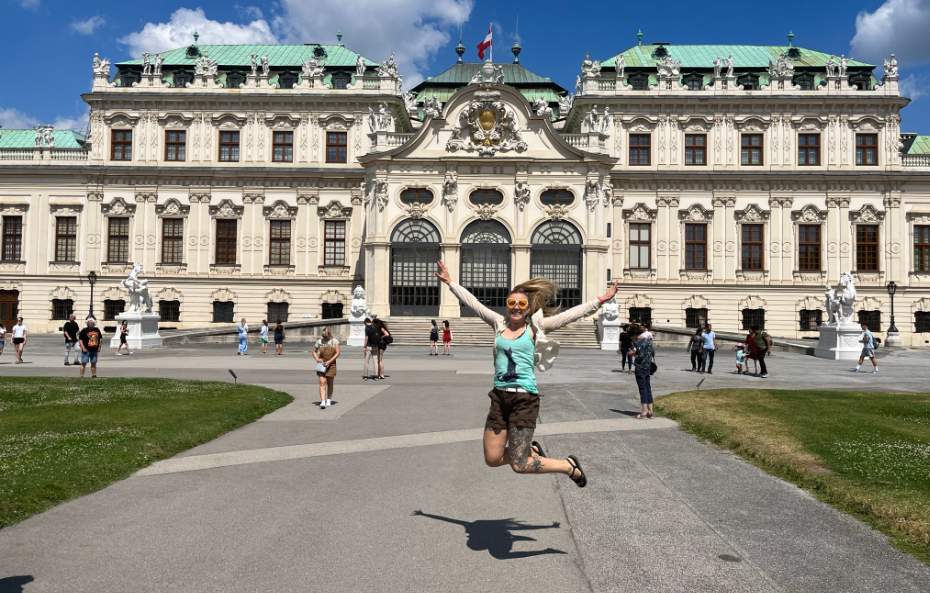
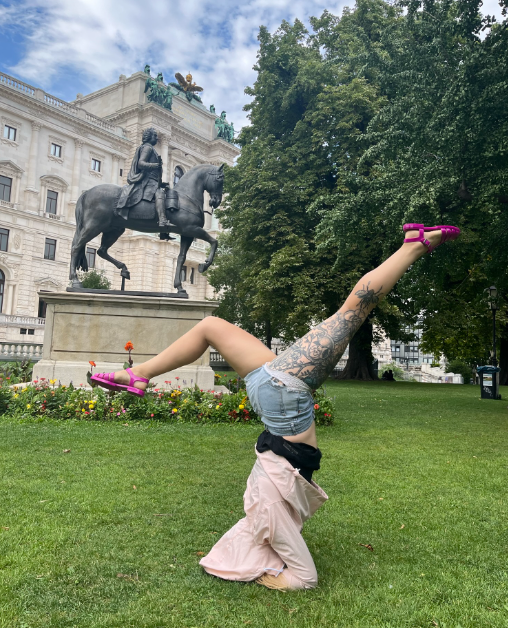
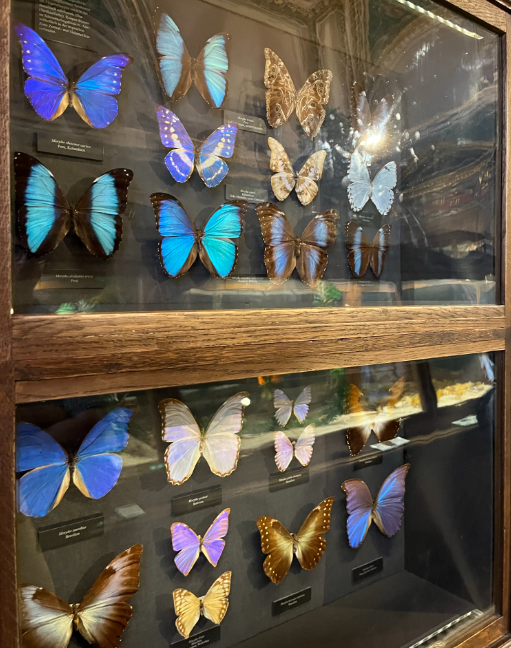
There are over 100 museums and exhibitions in the Danube metropolis Vienna!
The city’s museums are among the best in the world, displaying many objects of global importance and featuring top international exhibitions.
Vienna is a bit of a paradise for art lovers. It’s hard to go a few metres without stumbling into something that would fetch a few million at Sothebys. Like these top artworks, for example.
I list current and future exhibition highlights here, but the main art and design museums include…
- The Kunsthistorisches Museum (Museum of Art History), which contains the prestigious paintings collection (Bruegel, Rubens etc.), the Kunstkammer chamber of wonders, the coin collection, the Egyptian collection, the Greek & Roman antiquities, and temporary exhibitions
- The Albertina – home to a mammoth collection of art (including Albrecht Dürer’s Young Hare) and hosts many temporary exhibitions that stretch from renaissance etchings to contemporary sculpture. The permanent exhibition covers the likes of Monet, Picasso, Cézanne, Chagall etc.
- The Albertina Modern on Karlsplatz focuses entirely (as you might guess from the name) on modern and contemporary art exhibitions
- The Belvedere group has three main institutions:
- The Upper Palace with temporary and permanent exhibitions featuring everything from medieval to contemporary art. Home to a world-leading collection of Klimt paintings, including The Kiss
- The Lower Palace with a permanent exhibition of medieval art, as well as temporary exhibitions that can feature anything from Dürer to Dalí
- Belvedere 21 with a more contemporary focus
- The MuseumsQuartier or MQ: a centre for contemporary culture with exhibition spaces, cafes, bars, shops, and several on-site art museums, including:
- The Leopold Museum (famous for its Schiele and Klimt collection)
- The Museum of Modern Art (MUMOK)
- The Kunsthalle with its contemporary art focus
- The Austrian Architecture Museum (no prizes for guessing the theme)
- The Kunst Haus Wien – home to the Hundertwasser Museum and excellent photo exhibitions. The building itself is worth a look in its own right, before you even get to the works of art within
- The MAK Museum of Applied Arts – a lovely museum covering (shock!) applied arts and design through history to the modern day. Notable for innovative and excellent temporary exhibitions
- The Bank Austria Kunstforum Wien – hosts a series of high-quality international exhibitions on the more contemporary side of artistic life (think Hockney not Holbein)
- The Heidi Horten Collection – museum dedicated to showcasing the modern and contemporary art collection put together by billionaire Heidi Goëss-Horten
- The Gemäldegallerie (paintings gallery) of the Academy of Fine Arts Vienna – home to Bosch’s The Last Judgment and other paintings by old masters, but the academy’s exhibition space(s) also feature contemporary art
- The Wien Museum MUSA – another museum hosting short-term exhibitions. Usually focuses on Viennese themes, as well as showcasing the work of young artists
- The Möbelmuseum Wien – the Vienna Furniture Museum filled with, well, furniture (but other items, too) that would make antique experts squeak with joy
- WAGNER:WERK – a small and very specific museum that deals with the history of the postal savings bank and, particularly, the famous building that became its headquarters (a seminal moment in modern architecture)
- Westlicht – home to a camera museum and regular photography exhibitions
- The Augarten Porcelain Museum – attached to the famous company of the same name and displaying a mix of classic and contemporary porcelain pieces
- The Schottenstift Museum – the abbey’s in-house museum with various secular and ecclesiastical treasures. Has the fabulous 15th-century Schottenaltar panels
- The Ernst Fuchs Museum – housed in the restored Otto Wagner Villa and filled with the art, design, decor, and character of the renowned Austrian artist, Ernst Fuchs
- The Dom Museum – home to many of the treasures of Stephansdom cathedral, but also (unexpectedly) some modern art
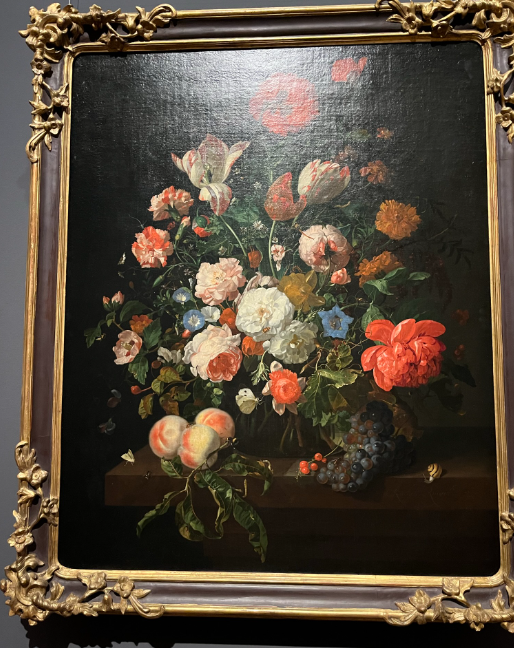
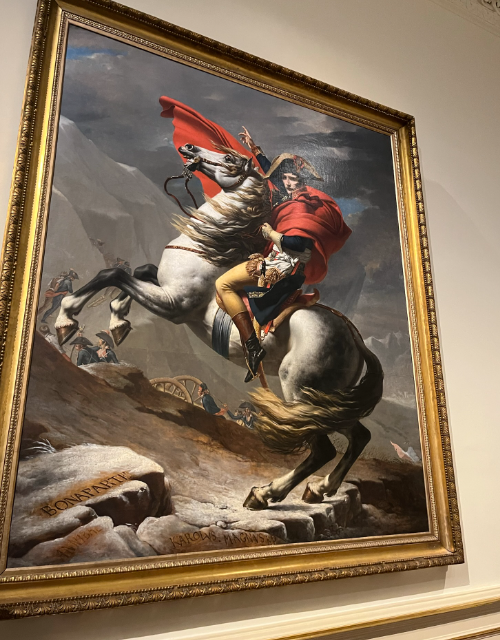
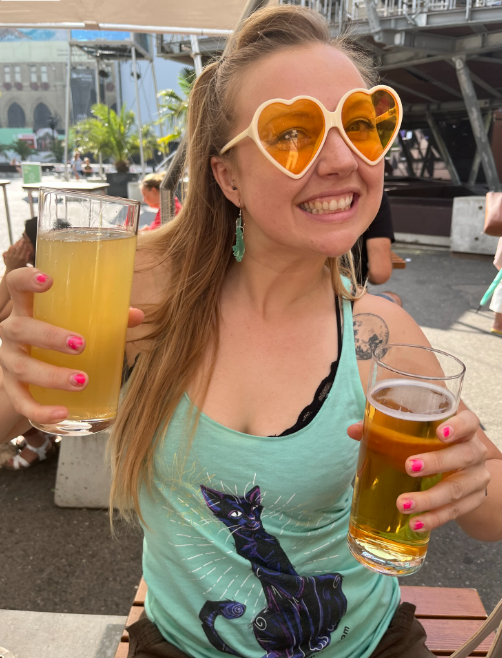
The biggest brands in Vienna include Ottakringer, Stiegl, Zipfer and Gösser, but you find plenty of small and private breweries and specialty beers, too, none of which should disappoint the discerning beer palate.
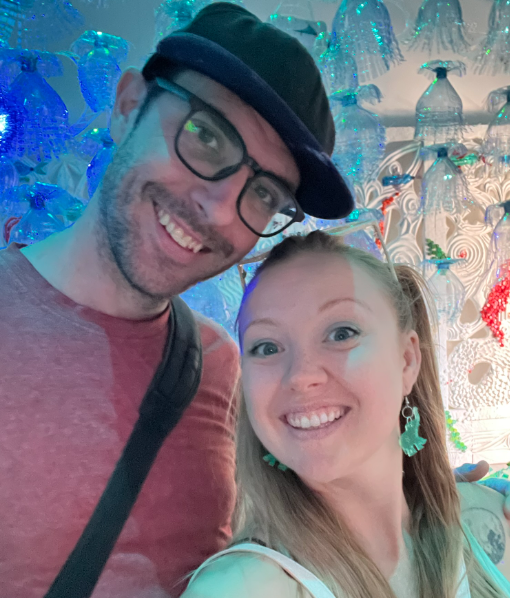
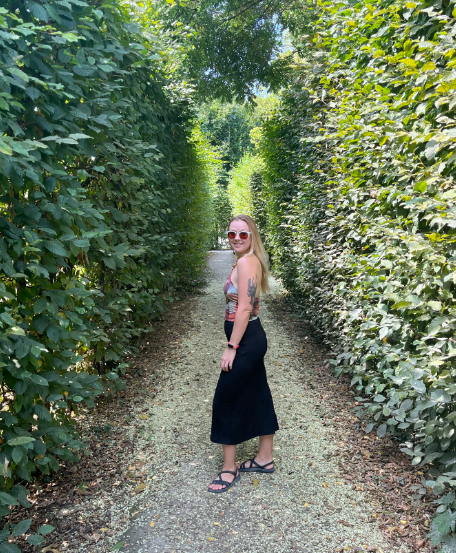
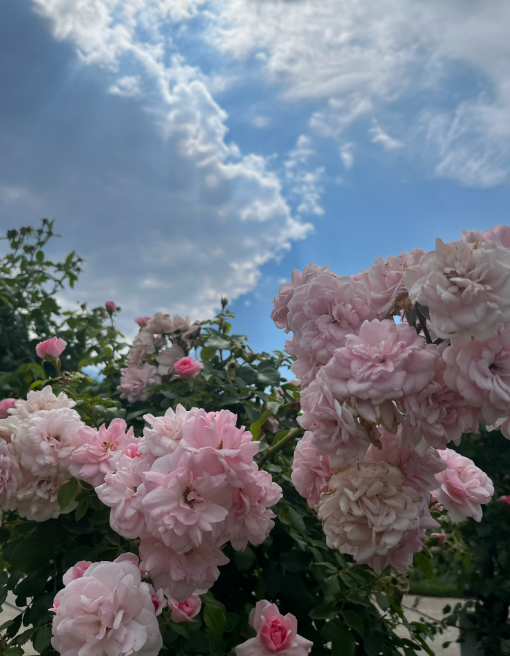
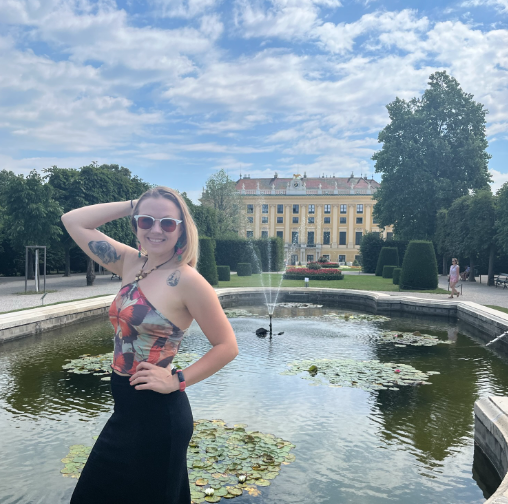
Centuries after master composers such as Mozart and Strauss played in the city, Vienna still lives up to its reputation as the capital of classical music, with opera houses and concert halls inspiring aficionados with glorious performances all-year-round.
